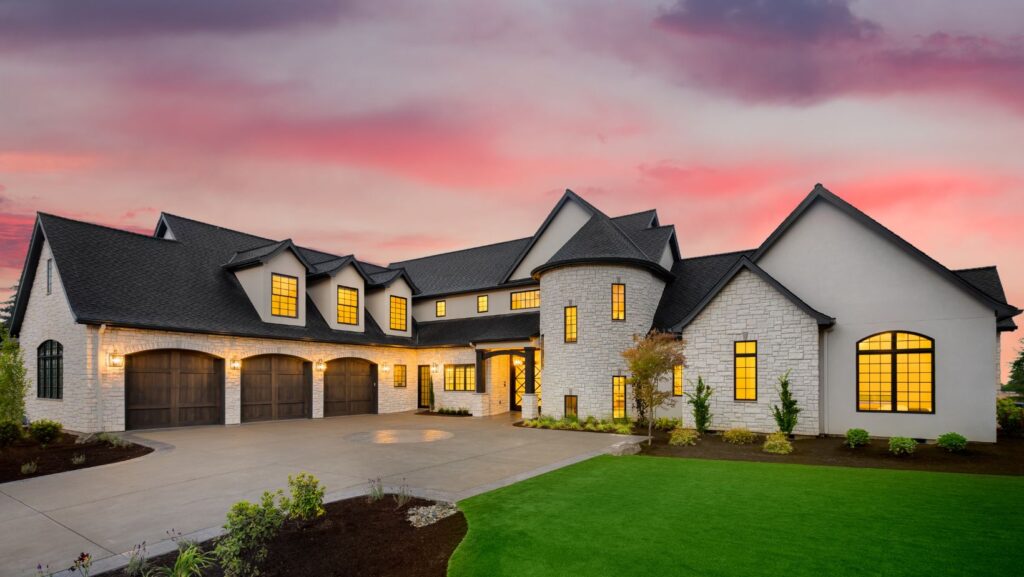Home security cameras are increasingly becoming a household necessity, providing an extra layer of safety and peace of mind for residents. However, simply installing a camera in your home doesn’t automatically guarantee comprehensive security. A poorly set-up system, including not considering the ideal number of home security cameras, can be as ineffective as not having one at all. Many homeowners make critical mistakes during installation that could compromise their home’s safety without tips and methods. This article will explore some of the most common mistakes people make when setting up home security cameras and how to avoid them.
Choosing the Wrong Camera and Features
One of the first and most frequent mistakes homeowners make is not taking the time to choose the right type of camera and its essential features. There are numerous camera options on the market, each with unique features like Wi-Fi connectivity, weather resistance, night vision, motion detection, and wide-angle lenses. Understanding your specific security needs is crucial in choosing the best device. For instance, if you’re installing an outdoor camera, it should be weather-resistant to withstand the elements. On the other hand, a nanny cam might require night vision capabilities for monitoring during low-light conditions.
Overlooking Privacy Concerns
When setting up security cameras, it’s easy to overlook the importance of respecting both your privacy and that of others. Privacy laws differ depending on where you live, but it’s always a good idea to make sure your cameras aren’t positioned in a way that invades your neighbors’ or visitors’ privacy. For instance, cameras pointed at windows or private areas may unintentionally capture footage you don’t intend to monitor. It’s also considerate to let guests know where cameras are located in your home to maintain trust. Balancing security with privacy helps ensure your home stays safe without unnecessary intrusions.
Underestimating the Number of Cameras Needed
A common misconception is that a single camera at the front door is enough to secure a home. While monitoring the main entry is important, threats can come from other areas as well. A one-camera setup can leave side entrances, garages, and backyards unprotected. But how many cameras are needed for full coverage?

The ideal number of security cameras depends on factors like the size of your home, its layout, and the level of security you want. Larger homes may need more cameras to monitor all entry points and areas like driveways and patios. Considering these factors ensures you cover all vulnerable spots.
Incorrect Camera Placement
Where you place your cameras is just as important as how many you have. Poor camera placement is a common mistake that can significantly reduce the effectiveness of your system. If a camera is placed too high, too low, or at the wrong angle, it may not capture the crucial footage you need during an incident. For instance, cameras facing directly into sunlight or bright lights can be blinded by glare, making them nearly useless. It’s essential to position your cameras strategically to cover key areas like entrances, ground-floor windows, and other high-risk spots. Experimenting with different angles and heights can help maximize coverage and ensure the lens isn’t blocked by obstacles like trees or awnings.
Using Default Passwords
When setting up a security camera, many people neglect to change the default password that comes with the device. This oversight creates a significant security vulnerability, as default passwords are often easy for hackers to guess, allowing them potential access to your camera feeds and sensitive information. It’s crucial to change your camera’s default password right after installation. Develop a robust and unique password that includes a mix of letters, numbers, and special characters.
Lack of Regular Maintenance
Home security cameras are not a one-and-done investment. Like all electronic devices, they require regular maintenance to remain functional and effective. Unfortunately, many homeowners neglect this aspect and only discover issues when it’s too late—such as during a security breach.Regular maintenance should include cleaning the camera lenses to ensure clear visibility, checking the power source to ensure it’s functioning correctly, and verifying that the camera is connected to the network. Wireless cameras should be inspected for connectivity issues, while wired systems may require occasional checks on cabling and power supplies.
Failing to Integrate with a Complete Security System
Many homeowners mistakenly install cameras as standalone devices, overlooking the fact that they function best as part of an integrated home security system. While security cameras provide real-time footage, they are much more effective when combined with other security measures like alarms, motion detectors, and smart lighting.

A fully integrated system enables your security devices to work together, offering layered protection. For example, motion sensors can trigger cameras to begin recording upon detecting movement, while alarms can notify you instantly in the event of a security breach.

